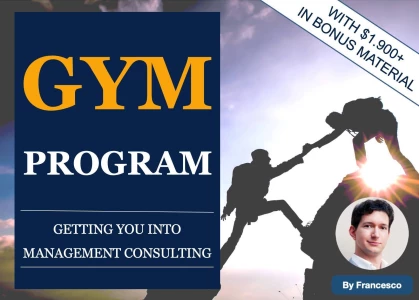Hello, dear consultants!
I've applied to the top tier consulting company and got an invitation for the writing case. I explored all examples on the official web site and found out that it's quite a difficult challenge for me. Could anybody share your experience with me? On average, case includes 60-70 pages of text and graphs about the company. I'm expected to prepare 4 slides drawn with my hands for 1 hour. What are the main tips for this stage? Should I draw slides with the information from the case or should I invent something new?
Thank you!












